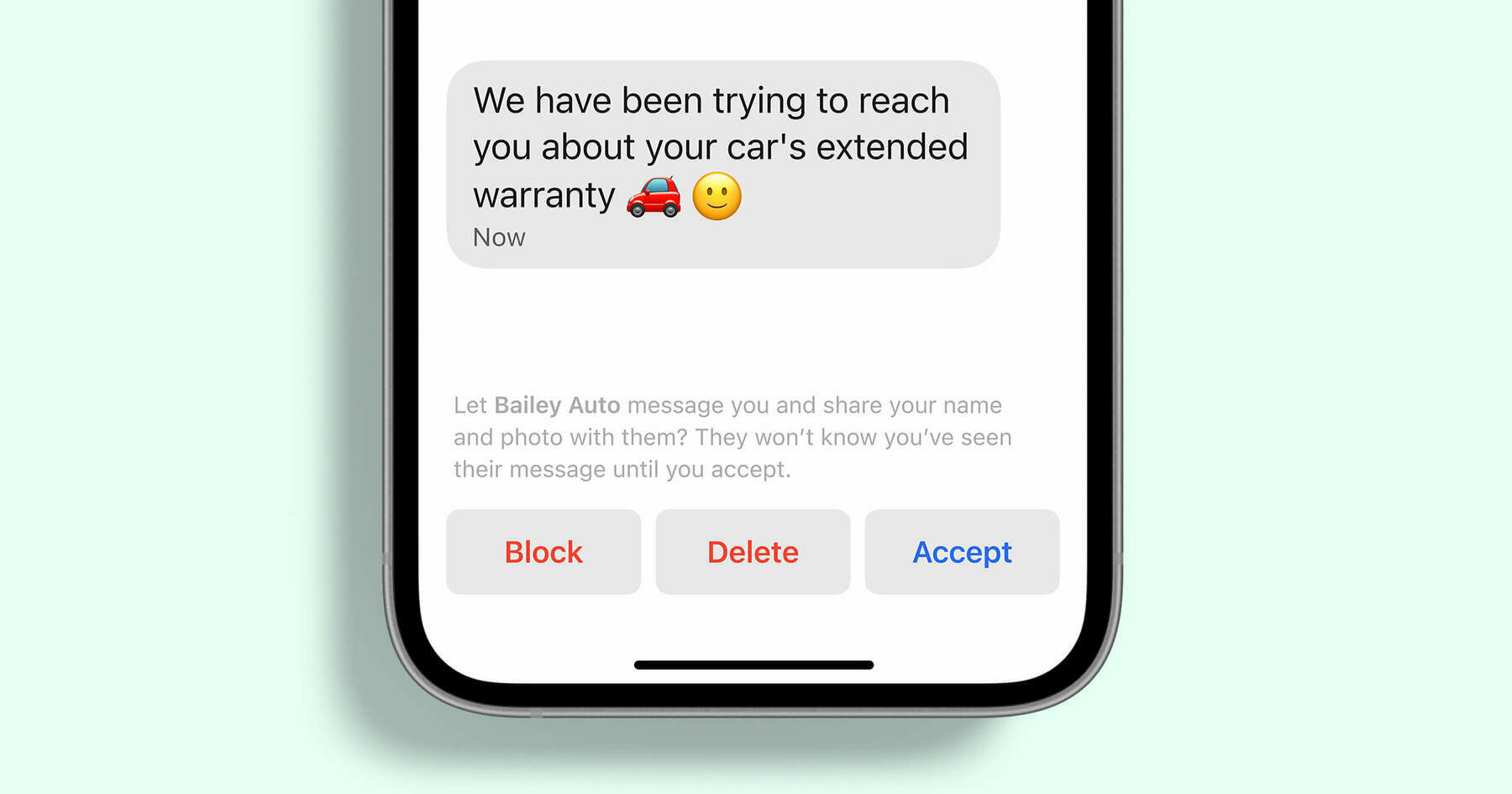Is this a Signal backdoor?
Maybe this is nothing. Maybe it’s something. But when an Open Source messaging app claims to need to make part of it closed source, maybe there’s something going on?
There are plenty of Open Souce solutions for email and commenting systems, so Free and Open Source (FLOSS) enthusiasts are entirely justified in wondering: is this a government backdoor?
We build Signal in the open, with publicly available source code for our applications and servers. To keep Signal a free global communication service without spam, we must depart from our totally-open posture and develop one piece of the server in private: a system for detecting and disrupting spam campaigns. Unlike encryption protocols, which are designed to be provably secure even if everyone knows how they work, spam detection is an ongoing chore for which there is no concrete resolution and for which transparency is a major disadvantage. If we put this code on the Internet alongside everything else, spammers would just read it and adjust their tactics to gain an advantage in the cat-and-mouse game of keeping spam off the network. The Signal protocols, cryptography, and source code are peer reviewed, shared for independent inspection, and provably private by design. We are bound by these security guarantees, so that your conversations and contacts remain as private and protected as ever, even if we keep spam-fighting tools out of sight.Source: Improving first impressions on Signal | Signal blog
